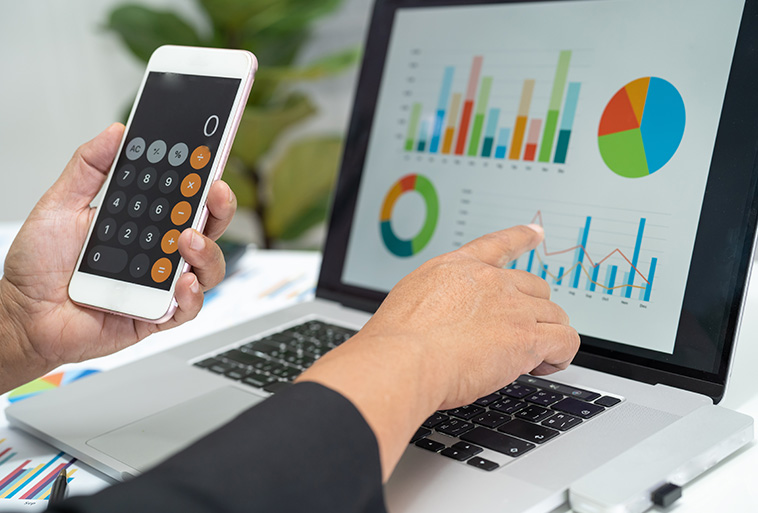The UK government has opened consultations on mandatory e-invoicing, a move that could transform how businesses issue and receive invoices. Under the proposed system, invoices would need to be created, transmitted and received in a standardised digital format.
This is a significant step towards modernising VAT reporting. Many EU countries already use e-invoicing to reduce fraud, increase compliance and streamline administration. The UK is now exploring when and how to roll this out, along with which businesses will be affected first.
Who might be affected first?
While full details are still under consultation, the first wave of mandatory e-invoicing is likely to include:
- Large VAT registered businesses – those with significant transaction volumes.
- Businesses that trade cross-border – aligning with EU standards will simplify international transactions.
- Sectors with high VAT risks – such as construction and retail, where invoice fraud is more common.
Even if you’re a smaller business, it’s worth preparing now. E-invoicing is expected to be phased in gradually and early adopters will have a smoother transition.
Why this matters?
E-invoicing is not just about sending a PDF by email. It’s about structured, machine-readable data that HMRC’s systems can process automatically.
This shift could bring benefits, including:
- Fewer errors – standardised formats mean fewer rejected invoices.
- Faster processing and payments – digital invoices can be approved more quickly.
- Reduced fraud – with real-time reporting, HMRC can spot anomalies sooner.
However, it also means businesses will need to ensure their invoicing systems are compatible and capable of meeting the technical requirements.
What you can do now?
Taking steps today will save you stress when mandatory e-invoicing arrives. Here’s how to prepare:
- Clean up your invoicing process. Check that your invoices already include all legally required information. This should include VAT numbers, invoice dates and clear descriptions of goods or services.
- Standardise your templates. Avoid manual errors by using consistent formats that are easy to automate.
- Check your accounting software. Most leading cloud platforms such as Xero, QuickBooks, Sage, and Clearbooks are already developing e-invoicing capabilities. By using the latest version a business can easily enable new features when available.
- Educate your team. Make sure anyone responsible for billing or accounts receivable understands what e-invoicing means and why it matters.
Final thoughts
Mandatory e-invoicing is coming, the question is not if, but when. By taking proactive steps now, you can avoid last-minute disruption and position your business to benefit from faster, more accurate VAT reporting.
The message is simple, use this consultation period to get ahead. Review your systems, talk to your accountant or software provider and make sure your invoicing process is ready for the future.
Want some help or advice on e-invoicing? Call us on 01173 700 079 or e-mail hello@steppingstonesaccountancy.co.uk.
You can also book a free 20-minute call with Yarka – https://calendly.com/yarka-ssa/20min

